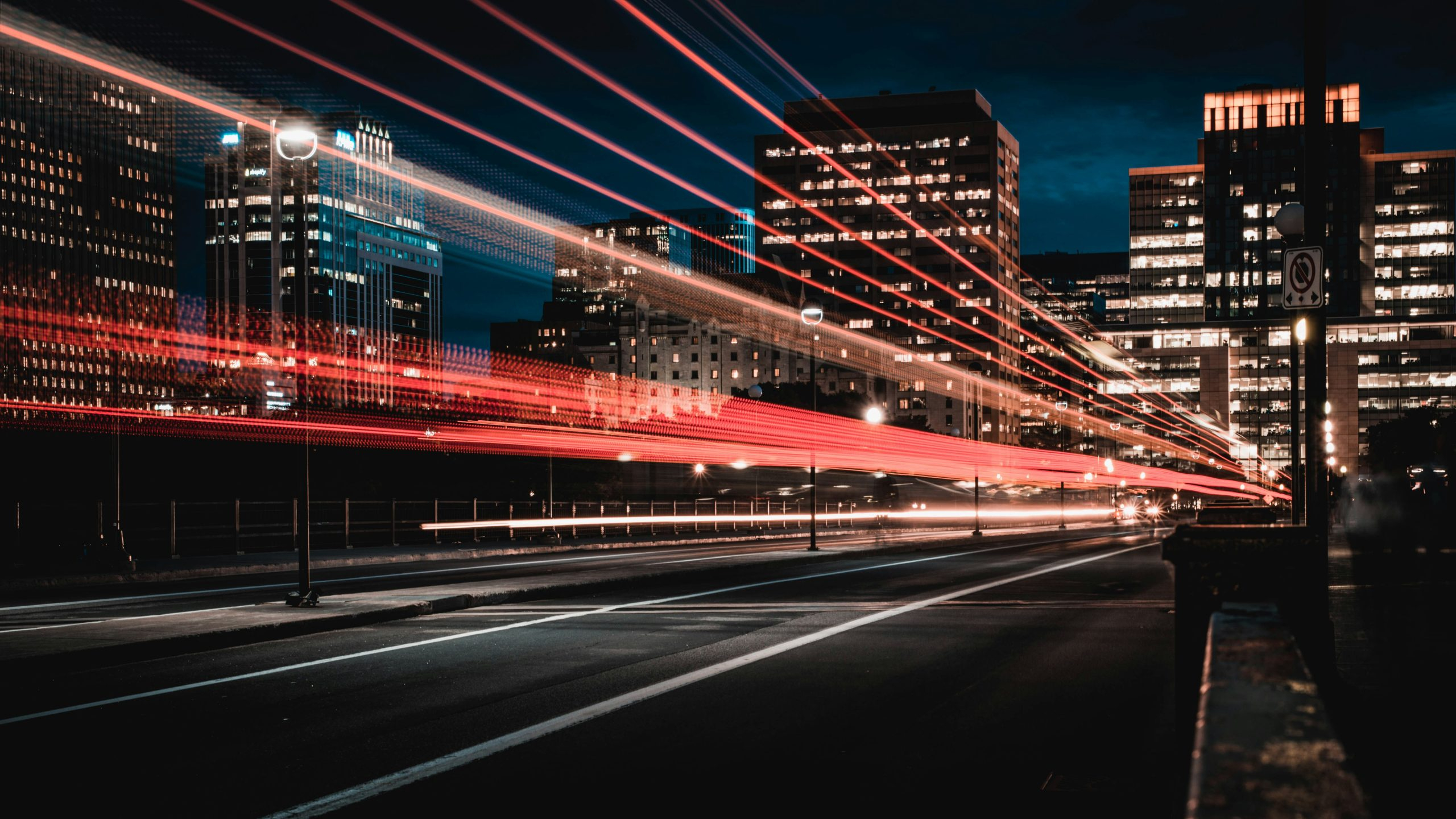Why Urban Cable Cars Could Solve Traffic Problems
Traffic congestion is a major problem in many urban areas around the world. As cities continue to grow, the number of cars on the roads increases, leading to gridlock, longer commute times, and air pollution. Traditional solutions such as expanding roads and building new highways have proven to be unsustainable and costly. However, there is a potential solution that is gaining popularity among city planners and transportation experts – urban cable cars.
What are Urban Cable Cars?
Urban cable cars, also known as aerial trams or gondolas, are a form of cable transportation that uses overhead cables to transport cabins or cars between two fixed points. The cabins are suspended from the cables and can carry passengers or cargo. This technology has been around for over a century and has been used primarily in mountainous areas as a mode of transportation for skiing and sightseeing. However, in recent years, urban cable cars have been gaining recognition as a viable solution to urban traffic problems.
How Can Urban Cable Cars Solve Traffic Problems?
Less Footprint, More Efficiency
Unlike roads and highways, cable cars require minimal space and can be built above existing infrastructure, such as roads and buildings. This means that they have a much smaller footprint compared to traditional transportation systems. As a result, they can be built faster, at a lower cost, and with minimal disruption to the surrounding areas. Additionally, cable cars have a higher capacity than buses or light rail systems, allowing them to transport large numbers of passengers at a faster pace.
Reduced Commute Time
One of the main reasons for traffic congestion in urban areas is the high number of cars on the roads during peak hours. This leads to slower speeds, increasing commute times for everyone. Urban cable cars provide a faster alternative by bypassing congested roads and taking a direct route between two points. This can significantly reduce travel time for commuters, making it an attractive option for daily commuters.
Environmentally Friendly
Traditional transportation systems rely heavily on fossil fuels and contribute significantly to air pollution and carbon emissions. Urban cable cars, on the other hand, are powered by electricity and have zero emissions. They can also operate using renewable energy sources such as solar or wind power, making them a more environmentally friendly option for transportation. This can help cities reduce their carbon footprint and improve air quality.
Success Stories of Urban Cable Cars
La Paz, Bolivia
La Paz, the capital city of Bolivia, is known for its steep and narrow streets, making it extremely challenging to navigate by car. The city resorted to using cable cars as a mode of transportation to connect its hilly neighborhoods with its city center. The network now has 10 lines, covering a distance of 33 miles and serving over 300,000 daily passengers. This has significantly reduced commute times, improved accessibility to remote areas, and reduced air pollution in the city.
Masdar City, UAE
The city of Masdar, located in Abu Dhabi, is known for its sustainable development initiatives. It has incorporated an urban cable car system as part of its public transportation network, connecting the new city center with its airport and surrounding areas. The system runs entirely on solar power and has been successfully transporting passengers since 2017.
Final Thoughts
Urban cable cars provide a sustainable and efficient solution to urban traffic problems. They have been proven to reduce commute times, have a smaller environmental impact, and can be built faster and at a lower cost compared to traditional transportation systems. As cities continue to grow, it is essential to consider innovative solutions like urban cable cars to tackle traffic problems and create a more sustainable future.
In conclusion, although urban cable cars may not be the answer to all traffic problems, they have the potential to play a significant role in improving transportation systems in growing cities. With the success stories of cities like La Paz and Masdar, it is clear that this technology has the potential to revolutionize urban transportation and provide a better quality of life for city dwellers.











